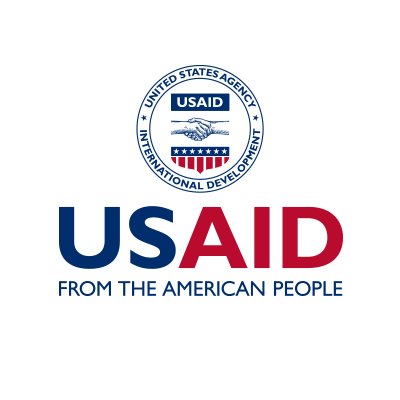The United States, through the U.S. Agency for International Development (USAID), announces today a $43.5 million award to empower young people in South Sudan, particularly girls and young women, with knowledge and skills that will enable them to lead healthy, engaged, and productive lives. This activity will build on previous USAID investments to enhance the livelihoods of youth across South Sudan.
The four-year initiative, implemented through USAID partner Education Development Center, will recruit 500 youth leaders across South Sudan and train them as mentors for marginalized youth with supportive activities that expand youth access to learning, job training, civic engagement, reproductive health, and social and community cohesion. This approach is grounded in USAID’s Positive Youth Development Framework(link is external) that prioritizes youth-led, youth-serving interventions rooted in the community. The Youth Empowerment Activity will also support 65 local youth organizations with grants, technical training, mentorship, and organizational strengthening.
Half of South Sudan’s population are children younger than 18, and more than 72 percent are younger than 30. Youth in the country experience many challenges, ranging from limited access to educational opportunities and health services, to high unemployment and limited opportunities to engage in productive livelihoods. Limited access to education and livelihood skills and scarce employment opportunities leave out-of-school youth, potentially vulnerable to negative coping methods such as substance abuse and crime, recruitment by armed groups, and mental health challenges.
EDC previously implemented the USAID-funded South Sudan Teacher Education Program in 2011 to 2014, which created professional standards for teachers and increased female participation as teachers and leaders in the workforce, and provided extensive in-service teacher education to more than 1,700 teachers, many for the first time. EDC also previously implemented South Sudan Interactive Radio Instruction in 2004 to 2012, which reached more than 420,000 children and more than 68,000 adult learners with audio instruction.


Comments are closed.